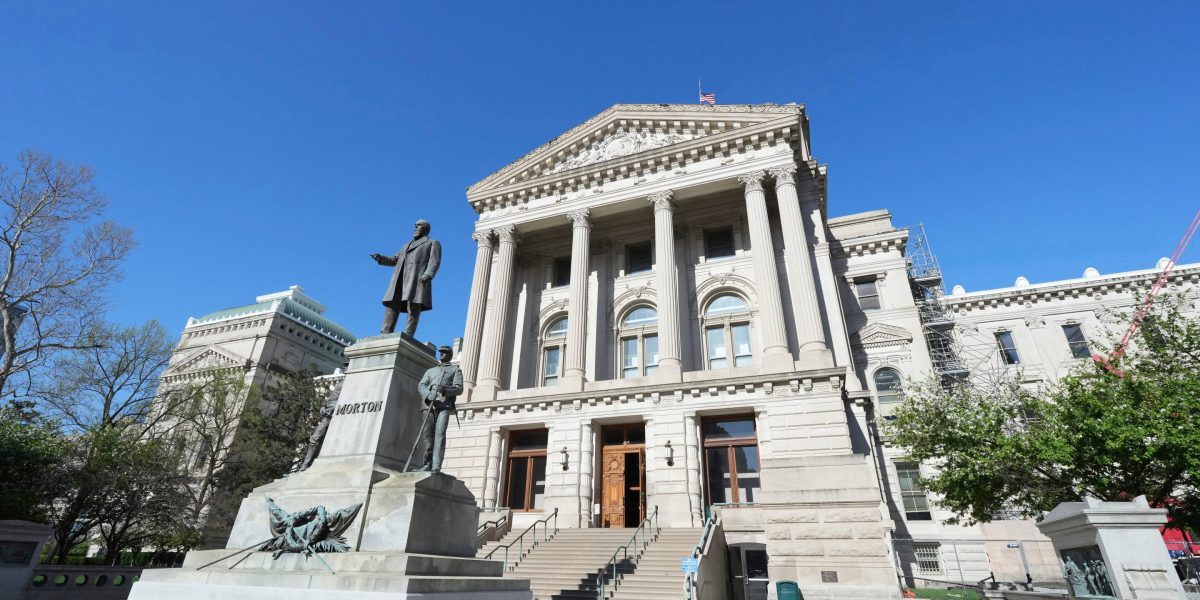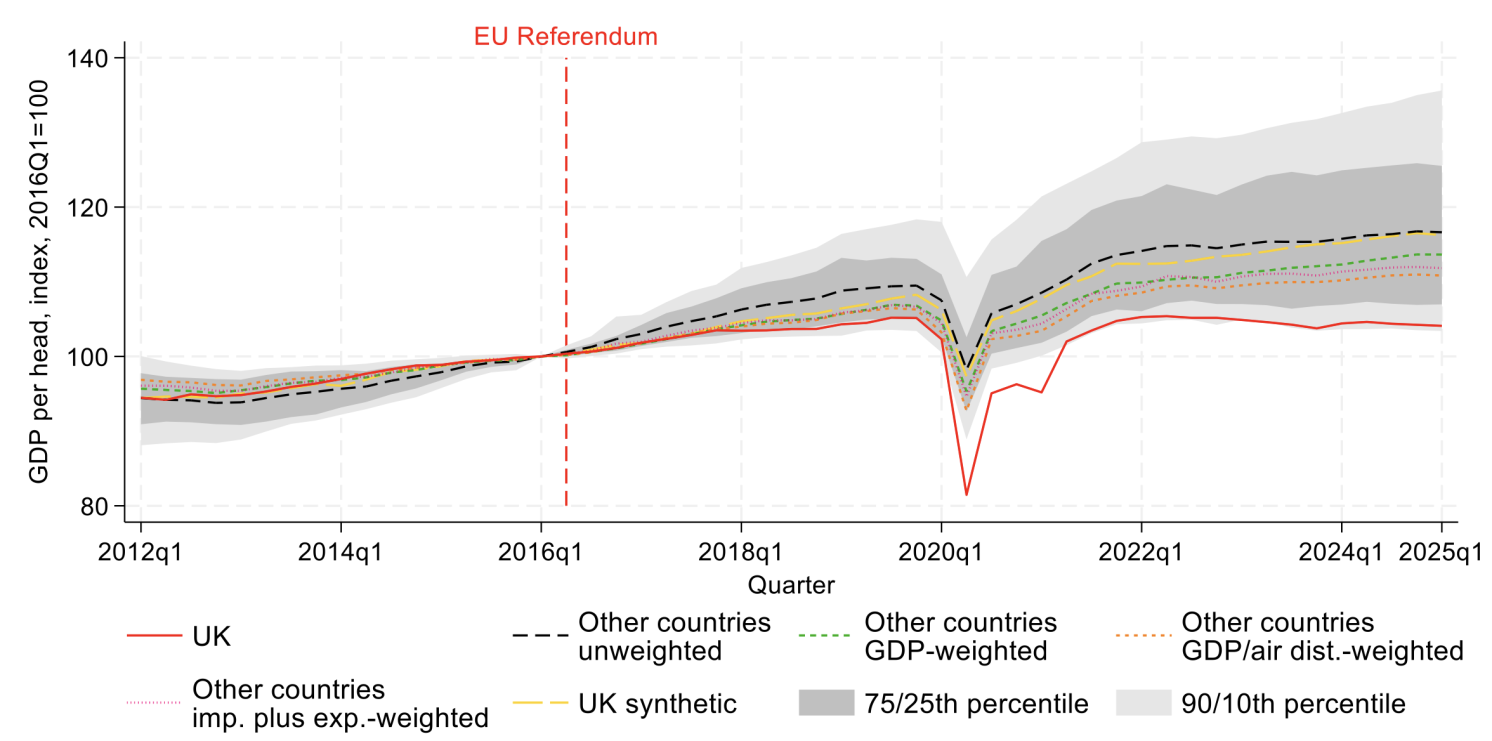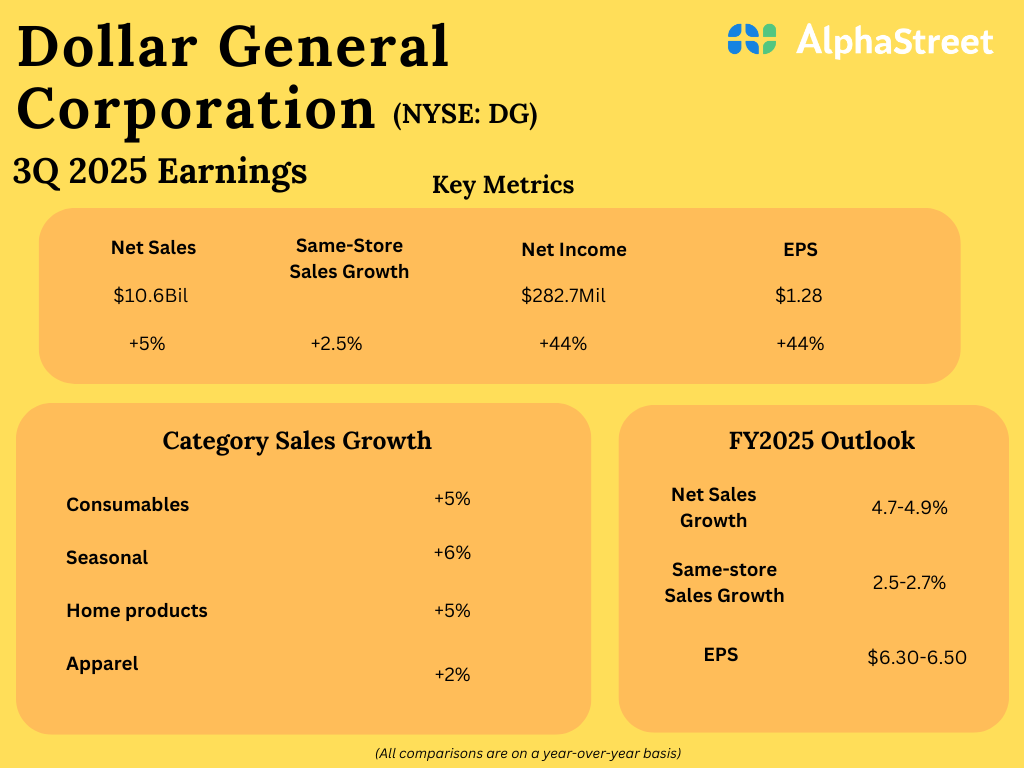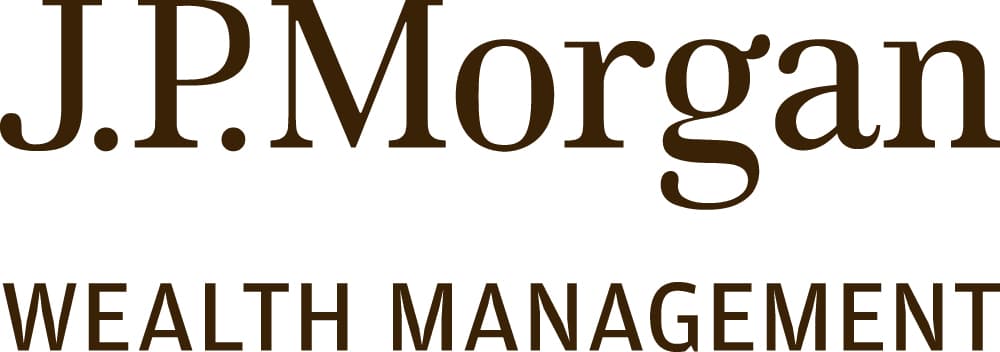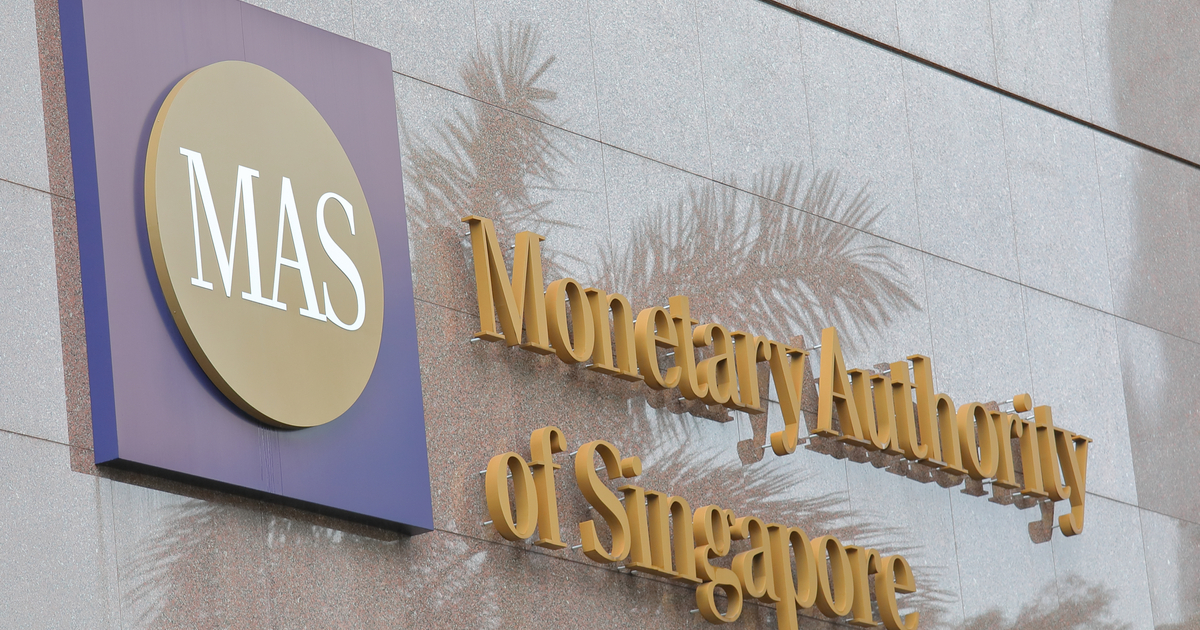The Hong Kong Monetary Authority (HKMA) and Monetary Authority of Singapore (MAS) followed the example of regulators in Europe last week, by issuing statements in response to the $17 billion wipe-out of additional tier 1 (AT1) bonds that followed Credit Suisse’s takeover by UBS on March 19.
Both central banks sought to assure AT1 bondholders that their traditional place above shareholders in the loss-absorbing hierarchy would be maintained, in the case of further bank collapses in either location.
“MAS said today that in exercising its powers to resolve a financial institution (FI), it intends to abide by the hierarchy of claims in liquidation. This means that equity holders will absorb losses before holders of AT1 and tier 2 capital instruments,” read the Singapore central bank release on March 22, echoing HKMA’s corresponding note on the same day.
AT1 bonds in Singapore are offered via the wholesale market to institutional and accredited investors, or in transactions of at least S$200,000 ($150,400). No prospectus for the offering of AT1 bonds to retail investors has been registered with MAS, the release confirmed.
In January, Singapore-headquartered UOB opened the Singapore dollar bond market with the issue of S$850 million in perpetual non-call five-year AT1s. In late February, HSBC tapped Hong Kong’s AT1 market with a $2 billion issuance.
Both securities experienced price dips following the merger announcement. Other European banks witnessed similar price movements in their AT1 bond markets following the news.
Representatives for UOB and HSBC declined to comment on the price movements; how last week’s events might affect plans to issue AT1 bonds going forwards; and whether investors are likely to be appeased by the regulators’ statements.
However, a spokesperson for DBS offered FinanceAsia some perspective. “As shared at our fourth quarter results briefing in February, we have no need to tap the market for AT1 capital given that we are already highly capitalised. Our capital adequacy ratios will rise further yet under the forthcoming Basel 4 regime.”
As of December 31, 2022, DBS had S$2.4 billion of AT1 instruments outstanding, representing 0.6% of its total capital adequacy ratio (CAR) of 17%.
MAS requires banks in Singapore to adhere to a minimum common equity tier 1 (CET) CAR of 6.5%; T1 CAR of 8%; and total CAR of 10%. Under Basel III, these figures sit at 4.5%, 6% and 8%, respectively. Hong Kong’s requirements also align with the same international standards.
A spokesperson for Standard Chartered declined to comment.
¬ Haymarket Media Limited. All rights reserved.






